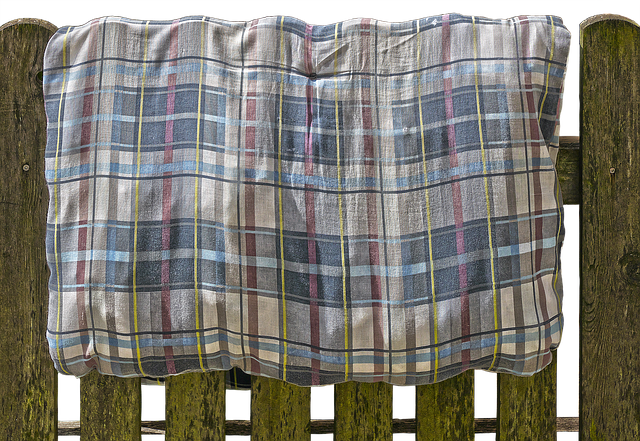Privacy Fence Installation in New Bedford, MA: Securing Your Space
Consider a privacy fence as the ultimate solution to transform your outdoor space into a secure sanctuary. This article guides you through the process of installing a privacy fence in New Bedford, MA, offering insights on the benefits, material selection, step-by-step installation, and maintenance tips. By understanding these aspects, you’ll be well-equipped to enhance your property’s privacy and aesthetics, ensuring a lasting investment that adds value to your home.
- Understanding Privacy Fence Benefits for Your Property
- Choosing the Right Material and Style for Your Fence
- The Installation Process: Step-by-Step Guide
- Post-Installation Maintenance Tips for Longevity
Understanding Privacy Fence Benefits for Your Property
Privacy fences offer numerous benefits to homeowners in New Bedford, MA, and can significantly enhance your property’s appeal and value. One of the primary advantages is the immediate sense of security and seclusion they provide. By blocking unwanted views and noise from neighboring areas, these fences create a peaceful oasis within your own backyard, allowing you to enjoy outdoor activities without intrusion.
Additionally, privacy fences act as effective barriers against potential intruders or pests, providing a layer of protection for your home and family. They can also serve as property boundaries, clearly defining your land and preventing any disputes with neighbors. With customizable designs and materials available, homeowners can choose a fence that not only meets their privacy needs but also complements the overall aesthetic of their properties.
Choosing the Right Material and Style for Your Fence
When considering a privacy fence in New Bedford, MA, selecting the right material and style is key to achieving your desired level of seclusion and aesthetic appeal. Start by evaluating your property’s needs—do you require maximum privacy or a more subtle barrier? This will influence your choice between solid fences offering complete blockout or lattice fences providing a view of nearby landscapes while still maintaining some privacy.
Materials play a significant role in durability, aesthetics, and cost. Traditional wood options offer a classic look but demand regular maintenance. Vinyl fencing is low-maintenance and comes in various styles, from traditional picket designs to more modern, sleek profiles. Concrete and iron fences exude elegance and strength but are pricier and heavier, requiring professional installation. Consider your budget, local climate, and personal style preferences to make an informed decision that aligns with your long-term goals for your outdoor space.
The Installation Process: Step-by-Step Guide
The installation process for a privacy fence begins with an on-site consultation to assess your property and specific needs. The contractor will discuss material options, fence height, design preferences, and any local regulations that might apply. After finalizing the design, they’ll clear the area, marking out the fence line.
Next, they excavate and prepare the ground, ensuring proper drainage before installing the posts. This involves digging holes for each post, setting them in concrete, and allowing it to cure. Once the posts are secure, horizontal rails are fastened, followed by the panels or pickets that make up the fence. The final touches include adding gates, locks, and any desired accessories.
Post-Installation Maintenance Tips for Longevity
After your privacy fence is installed, proper maintenance is key to ensuring its longevity and preserving its aesthetic appeal. Regular cleaning is essential; brush or sweep away any dirt, debris, or leaves that accumulate on the fence’s surface. Avoid using high-pressure washers, as they can damage the fencing material over time. A soft-bristled brush and mild detergent are suitable for spot-cleaning any stains or marks.
Additionally, inspect your fence periodically for any signs of wear and tear, such as loose panels, damaged posts, or rotten wood. Addressing these issues promptly will prevent further deterioration. For wooden fences, applying a fresh coat of sealant every few years can help protect against the elements, while metal fences may benefit from occasional painting to maintain their finish.
